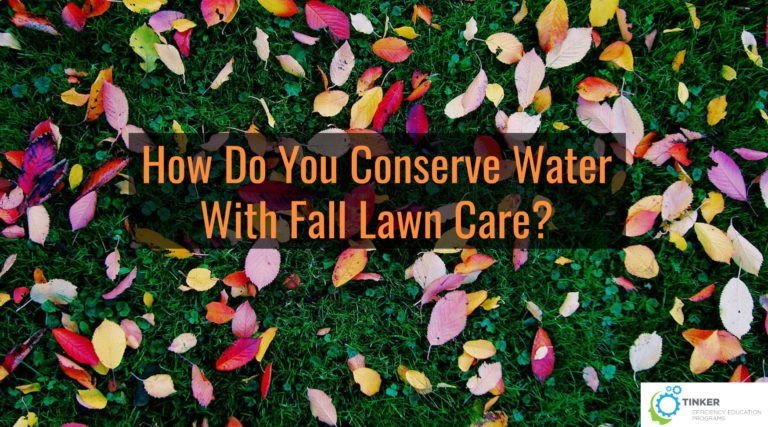5 Signs You Might Be Over Watering
5 Signs You Might Be Over Watering
With California facing one of the most severe droughts in history and Governor Brown declaring an emergency across the state, many are taking water conservation very seriously. It’s not only reasonable, but also expected, that looking for ways to limit water usage should be a top priority among homeowners. While many have replaced regular plants with drought-resistant varieties, others are still watering far too much. Even if you’re following your city’s watering schedule, you may still be using more water than your landscape actually needs. If you notice any of these signs, there’s a good chance you should change your habits.
Wilting Plants – Although wilting can also be a sign of too little water, too much watering will also cause plants to wilt and die. If your soil looks hydrated and you water regularly but still have wilting plants, there’s a good chance you’re just using too much water. Cutting down on your amount and frequency will not only be better for your individual plants, it will be better for our thirsty environment.
Leaf Fall – Leaf fall is also a sign of a dehydrated plant as well as one receiving too much water. To determine which is the case, it’s important to look at when the leaves fall off. First, if your soil is properly moist and leaves are still falling, you may be over watering. If you notice that new buds aren’t opening and both old and young leaves are falling, it’s almost certain that too much water is your culprit.
Thatch – Thatch is a matted layer on the surface of grass formed by partially decomposed plant material, roots and stolons. Normally, natural organisms break thatch down so we never really see it, but too much water can actually prohibit these organisms from doing their job. Excess thatch build-up is almost always a sign of too must moisture, such as over watering. It’s important to remove thatch because too much can harbor insects and fungi. Thorough but infrequent watering will prevent thick thatch and promote root health.
Fungi – Fungi love moisture, so over watering your grass will keep the blades wet and allow any sort of fungi to flourish. If you notice a reddish-orange tint to weak grass, too much watering has allowed rust fungus to grow. Most other fungi are more obvious, and all are a sure sign of over watering. While there are many chemical fungicides available, proper watering amounts and frequency will eliminate fungal growth.
Leaves Turning Brown – Browning leaves can be a symptom of too little or too much water and the difference lies in the way they feel. Dry, crispy leaves lack enough water, while soft, wilted ones have had too much. When your plants experience over watering, the tips of the leaves will start to turn brown. However, if the problem isn’t solved, all of the leaves will turn brown and wilt and the plant will surely die. If you’re dealing with any of these symptoms, try watering less often and use less water when you do.
There are many signs that your lawn and gardens are getting too much water, but these are some of the most common symptoms that are easy to spot out and fix. Not only does minimal watering benefit the extreme drought and other environmental issues, it’s better for your plants! With the true lack of negative side effects, there’s no reason we all shouldn’t be using as little water as possible to keep our plants alive and healthy.
Get more tips and tricks, along with updates on drought conditions HERE.




